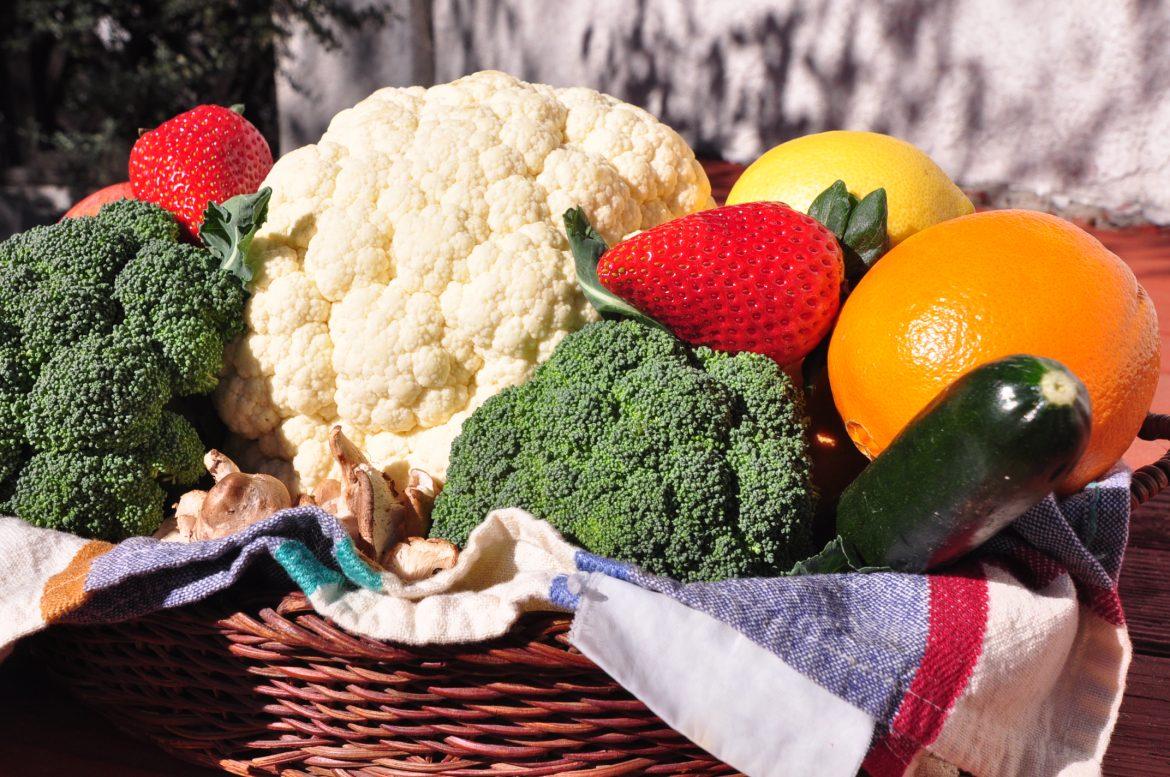What is beer?
Beer is made from four ingredients: water, barley, hops and yeast. Barley seeds must be malted and mashed, processes that convert the starchy grain into a sugary syrup. The syrup, or mash, is added to water and boiled with hops to produce wort. Hops, the female flower from the hop plant and a relative to hemp, are added in stages during boiling to impart bitterness and contribute flavor. Afterward, the glucose-laden wort is drained to remove solids and cooled before being transferred to a fermentation container. This vessel holds brewer’s yeast, the single-celled organism that breaks down the sugars via glycolysis to produce ethanol and carbon dioxide. This final process eventually yields the foamy alcoholic beverage that people from all corners of the globe cannot seem to live without.
Are beer calories from carbohydrates?
Although beer comes from a plant, the brewing process leaves one primary energy-producing nutrient: alcohol. A typical serving of beer (12 ounces) includes 100 calories from alcohol, which has seven calories per gram. Unfermented sugars account for the carbohydrate content of beer, contributing another 50 calories in a single serving at four calories per gram. The calorie content of beer is directly related to the alcohol content, therefore a light beer will have fewer calories. For perspective, a 1.5 ounce shot glass of hard liquor has the same number of calories as a 12 ounce bottle of beer: around 150 calories. Curious how many calories you consume in alcoholic beverages each week? The National Institute of Health has the calculator for you at http://rethinkingdrinking.niaaa.nih.gov/toolsresources/caloriecalculator.asp .
Beer’s healthy, right?
It has been widely reported that moderate wine consumption is associated with a lower risk of heart disease, diabetes and even some cancers. Recent epidemiological studies have made similar associations with beer consumption, particularly in improving lipid profiles and increasing antioxidant capacity. Wine and beer contain polyphenols, a class of plant-derived micronutrients that convey positive biological effects; red wine has a higher polyphenolic content than most beers.
Despite beneficial associations, mechanisms of action are not fully understood. For instance, it is not clear yet whether the alcohol, the polyphenols or the synergistic activity of both components contribute to disease prevention. In addition, long-term studies measuring the effects of alcohol consumption are in short supply. While alcoholic beverages in moderation may provide nominal health benefits, you won’t find a nutritionist who recommends beer over whole grains, fruits and vegetables to obtain them.
Interested in the chemistry of beer? The University of Oklahoma offers a free course at https://janux.ou.edu .
If alcohol is a problem for you or someone you know, the Klotz Student Health Center has a wellness coach, Janis Martin, who specializes in alcohol, tobacco and drug abuse. Make a confidential appointment by calling 818-677-3685.





